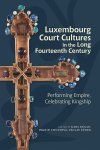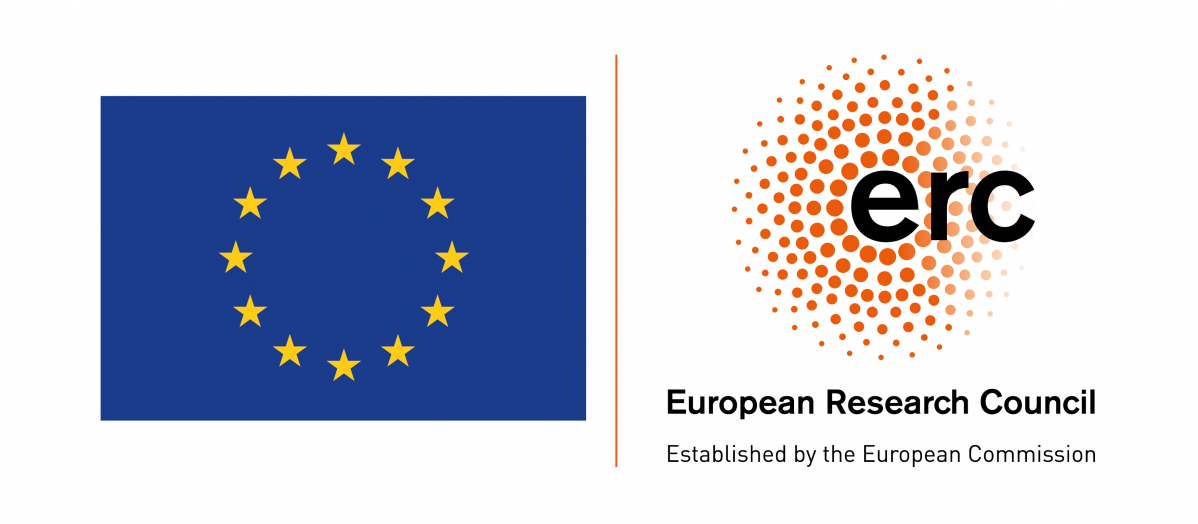
Luxembourg Court Cultures in the Long Fourteenth Century
The first collection of essays in the English language dedicated to the cultural achievements and politics of one of the most important ruling houses of late medieval Europe. The house of Luxembourg between 1308 and 1437 is best known today for its principal royal and imperial representatives, Henry VII, John the Blind, Charles IV, and Charles's two sons, Wenceslas and Sigismund - a group of rulers who, for better or worse, shaped the political destiny of much of Europe during the fourteenth and early fifteenth centuries. While some of the Luxembourg cultural legacy can still be experienced directly today in and around Prague and southern Germany, and through the literary and musical works of Machaut, Froissart, and Wolkenstein, it reached much further across Europe: from England to present-day Romania, and from the Baltic Sea to the Italian peninsula, alongside the dynasty's homelands in what is now Luxembourg, Belgium and France. However, this culture has not always attracted the scholarly attention it deserves. This volume explores the pan-European impact and influence of the Luxembourgs in a variety of fields: art and architectural history, material culture, Czech, French, German and Latin text production, gender and intellectual history, and music. Embracing the subject matter from multi-disciplinary and transnational perspectives, the essays here offer new insights into the late medieval cultures of the Luxembourg court. Particular subjects treated include the making of the "Wenceslas Bible"; Machaut at the court of John of Luxembourg; and Charles IV's patronage of multilingual literature. On publication this book is available as an Open Access eBook under the Creative Commons license: CC BY-NC-ND.





